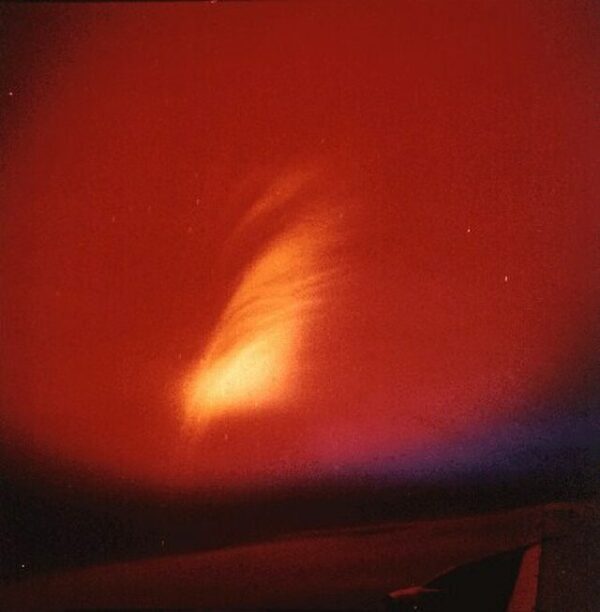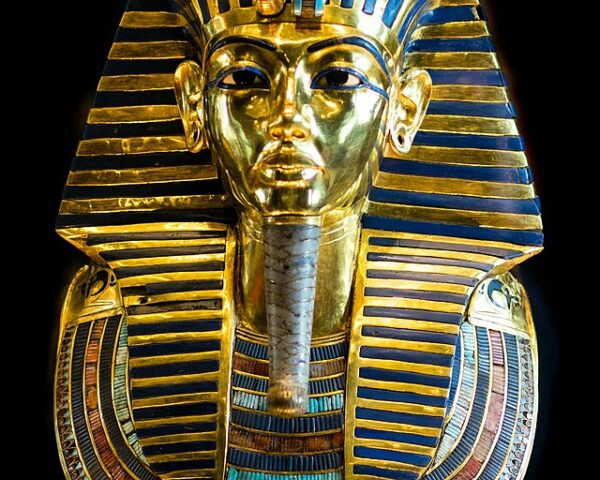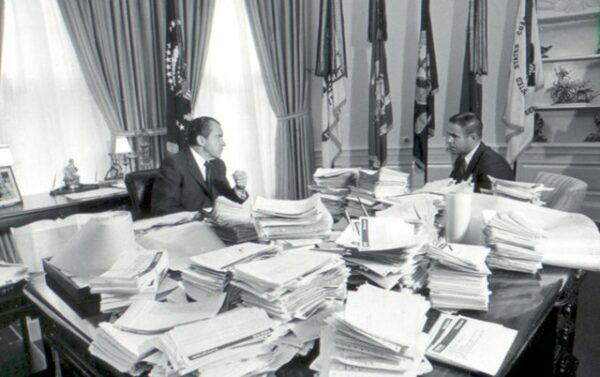On November 4, 1962, the United States concluded Operation Fishbowl, a high-altitude nuclear testing series that pushed the limits of Cold War science—and brought the world to the brink of a new understanding of both atomic power and restraint. The series, conducted over the Pacific Ocean from Johnston Atoll, was part of the broader Operation Dominic test program, launched amid heightened U.S.-Soviet tensions following the Berlin Crisis and just weeks before the Cuban Missile Crisis.
At its core, Operation Fishbowl was an attempt to explore the effects of nuclear detonations in the upper atmosphere and near space. American military and scientific planners sought to understand how such explosions might affect missile trajectories, radar systems, communications, and the growing network of satellites orbiting Earth. Between June and November 1962, five major tests—Starfish Prime, Checkmate, Bluegill Triple Prime, Kingfish, and Tightrope—were successfully completed after a series of earlier failures. Each blast provided dramatic evidence of the destructive and unpredictable power unleashed by atomic weapons beyond the confines of Earth’s surface.
The most famous of the series, Starfish Prime, took place on July 9, 1962. Detonated at an altitude of 250 miles, the 1.4-megaton explosion produced a brilliant artificial aurora visible as far away as Hawaii, nearly 900 miles from the test site. For several minutes, the night sky glowed in shades of green and red, stunning observers and disrupting radio signals across the Pacific. The electromagnetic pulse (EMP) generated by the blast knocked out streetlights and damaged electrical systems in Honolulu—an unsettling demonstration of nuclear power’s reach.
Subsequent tests continued to refine U.S. understanding of high-altitude nuclear effects. Bluegill Triple Prime and Kingfish, both conducted in late October, explored different altitudes and yields to determine how radiation belts formed by such explosions might affect spacecraft. Scientists observed that particles from the detonations created artificial radiation belts that lingered for months, degrading the instruments of several satellites, including Telstar and Ariel 1. The tests revealed that nuclear explosions in space could endanger civilian and military satellites alike, complicating any plans for nuclear weapons deployment in orbit.
By the time the final test, Tightrope, was detonated on November 4, 1962, the United States had gathered enough data to recognize both the military potential and the catastrophic risks of atmospheric testing. The conclusion of Fishbowl marked the end of an era in which atomic tests were viewed as technological triumphs. The scientific insights it produced were counterbalanced by the environmental and geopolitical costs of such experiments. Fallout concerns, radiation exposure, and the global alarm over escalating nuclear capabilities were already reshaping public attitudes and diplomatic priorities.
In Washington, President John F. Kennedy had begun to reassess the political consequences of continued atmospheric testing. The Cuban Missile Crisis, which had erupted in mid-October and brought the world within hours of nuclear war, underscored the urgency of establishing limits. The combination of technological understanding gained from Fishbowl and the terrifying proximity to disaster experienced during the crisis strengthened Kennedy’s resolve to pursue a ban on atmospheric, underwater, and outer-space nuclear tests.
Those efforts culminated the following year in the Partial Nuclear Test Ban Treaty, signed in Moscow on August 5, 1963, by the United States, the United Kingdom, and the Soviet Union. The treaty prohibited nuclear explosions “in the atmosphere, in outer space, and under water,” effectively ending the era of spectacular above-ground detonations. Underground testing would continue for several decades, but the environmental and visual scars of surface and aerial explosions were largely halted.
Operation Fishbowl thus stands as both a technological milestone and a moral turning point. Its experiments helped shape early understanding of the space environment and the physics of nuclear detonations at extreme altitudes. Yet it also dramatized the futility of seeking security through ever-greater displays of atomic power. The artificial auroras that lit the Pacific skies in 1962 served as haunting reminders of humanity’s ability to alter nature itself—and of the thin line between scientific progress and planetary peril.
When the final blast faded on November 4, the world stood at the threshold of a new nuclear age—one defined less by spectacle than by restraint, diplomacy, and the uneasy hope that knowledge could finally serve peace rather than annihilation.






